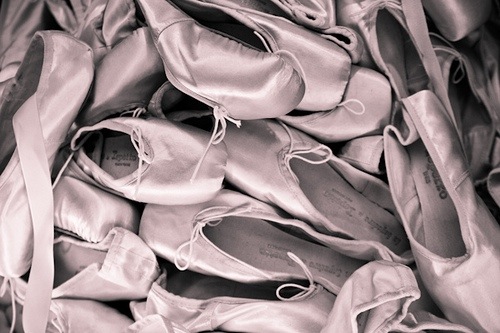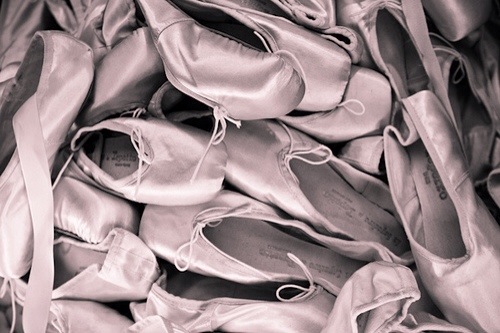
My Baby Girl isn’t Dancing; She’s Punching
Here’s an interesting factoid: Women who find out the sex of their baby actually describe fetal movement differently depending on if it’s a boy or a girl.
For boys, they generally use sports metaphors: a soccer or football player kicking, of a boxer punching, for example. For girls, they generally use more graceful metaphors: the fluttering of a butterfly, the moves of a dancer or swimmer.

I can’t find the link to the actual study (anyone have it?), but I heard it referenced in a talk by one of Sheryl Sandberg’s lead researchers on Lean In, and this About.com article about reasons not to find out the sex of your baby references it, too (so it must be true, right?).
Anecdotally, I haven’t noticed this in my friends who have been pregnant, but the discomforts of pregnancy usually take precedence over the wonders of fetal movement in conversations. Also, I know a surprisingly few amount of people who found out the sex of their child before “D-Day,” as my birth classmates are fond of calling the day the child is delivered.
However, I wouldn’t be surprised if this was true, though. In her TED Talk, Deborah Siegel discusses that, even as her boy/girl twins were in her womb, her husband noted that the boy’s bump looked like mountains while the girl’s looked like rolling hills. It happens to even the most gender conscious among us!
Each fetus is different, just like each baby is different and each person is different. Having a graceful, powerful, lethargic, or active fetus is no different than having a graceful, powerful, lethargic, or active person. But guess what? These movements have nothing to do with the fetus’ gender. How could it? Fetuses don’t know anything about how a boy is supposed to act versus how a girl is supposed to act. They just move. They probably don’t even know if they are moving in an active or lethargic, powerful or graceful way. They just do it.
It is, instead, our descriptions of the movement that change depending on the sex of the fetus. These are our gendered notions, not the baby’s. We impose them on our children from the womb, and often unconsciously.
I was once asked if our baby girl was “dancing around in there.” I laughed and replied, “Dancing? No. Punching me? Yes.” I didn’t say this because I’m a crazy feminist or because I’m in tune with my gendered language (though maybe, unconsciously, I am); I said this because it’s true. Baby Samberts continually uses my uterus as her own personal punching bag. Seriously, it’s like Million Dollar Baby going on inside my uterus. Sometimes it actually hurts, even, and it definitely keeps me awake at night. (Feeling this, I’m not sure how anyone could describe fetal movement as graceful in any way, but, like I said, every baby is different.)
We all have hopes and dreams for our children. We all want our children to be well-rounded, well-adjusted, happy, and successful. We want them rule the world, regardless of gender. But the gendering starts early, folks, and we may not even be aware of it as we’re doing it.
Image Credit: Isabel
That’s so funny, i have never heard that! My daughter got nicknamed is Abigator in the womb, because i described her movement as “you know when an alligator gets prey and spins and spins in the water to disorient them? yeah, that.” I also referenced moshpits and other such insanity. that kid was up to something in there. the thought of genderizing her movements never crossed my mind.
In utero, my baby girl played soccer, punted, did yoga, practiced Zumba, and carved her initials into my bladder with a shiv. She is well-rounded and not constrained by gender roles.
Now that she’s out, my little girl is generally pretty content to mostly hold still. In utero, it basically felt like she was beating the living daylights out of me and I was convinced she had a successful career as a boxer ahead of her. Maybe she will, who knows?